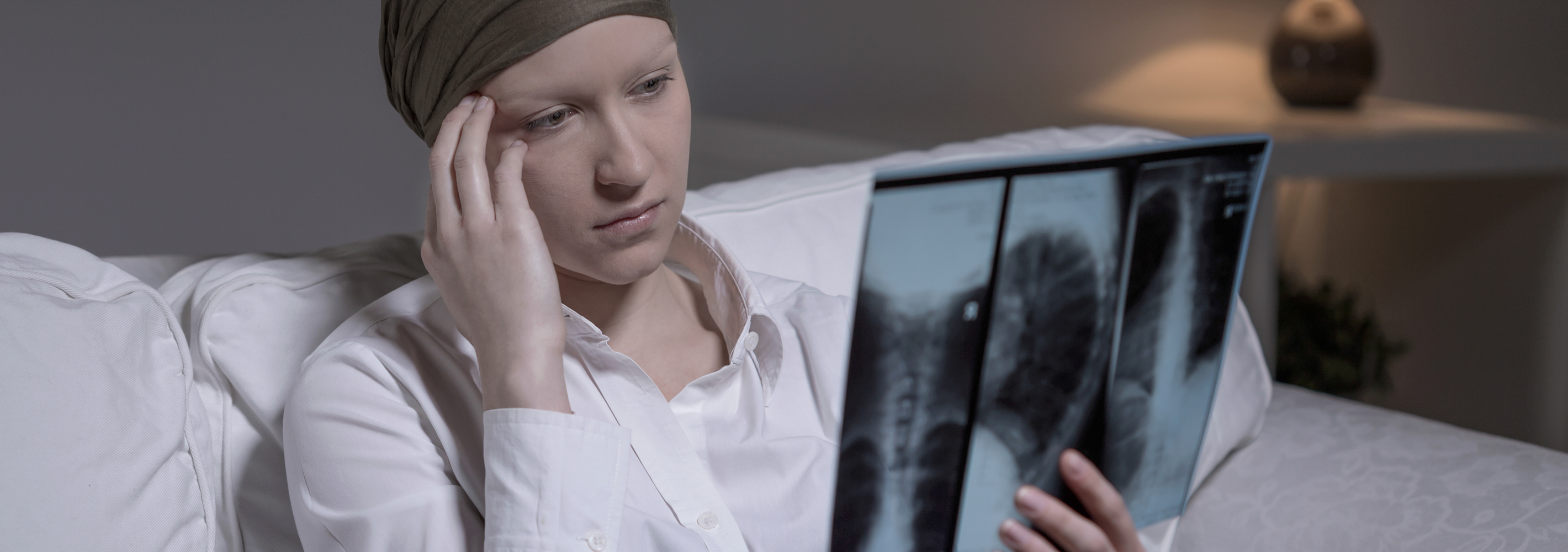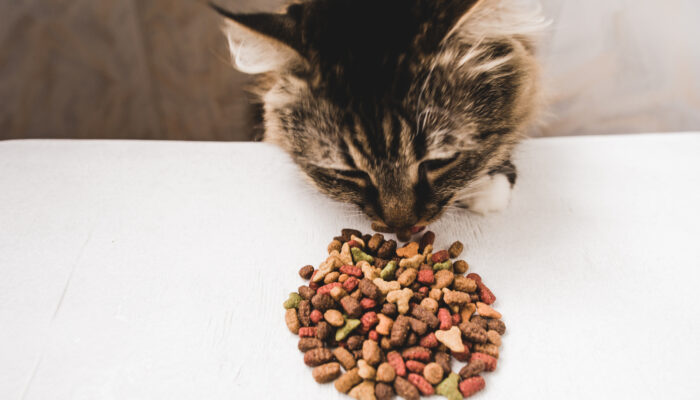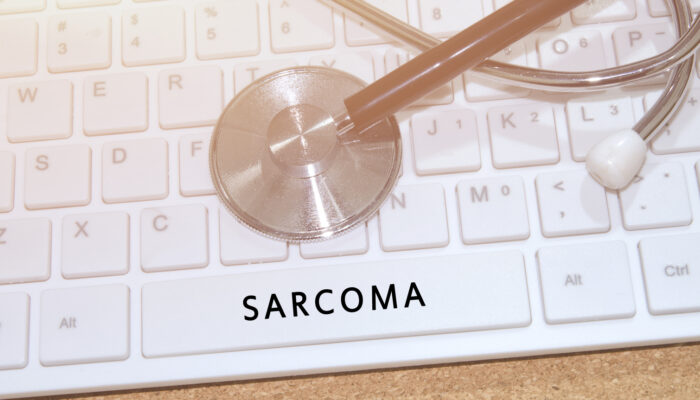
Common side effects of cancer treatment
Cancer treatment normally combines one or more of the following procedures:
All these procedures necessitate the use of strong anti-cancer medications, steroids, and multiple medications. This leads to many side effects.
Some side effects are mild and are present only for the short term. They will go away as the overall health of the person improves. Some patients are likely to feel just one or a few of the side effects. As per treatment protocols, the team of doctors and nurses will have to brief the patient and the family about possible side effects, the impact on their health, and how to manage them. They will also be advised to watch out for abnormal or specific symptoms that should not be ignored and when they should immediately reach out to a doctor. A few of the main short-term side effects of cancer treatments are:
Neutropenia
This is the reduction of white blood cells, which could be destroyed along with cancer cells. This leads to symptoms of fever, sore throat, cough, diarrhea, and an urge to urinate constantly. One could also feel shaky or feel trembling and shaking movements. However, these symptoms will go away as the body starts producing more white blood cells. This is one of the main side effects of cancer treatments.
Infection
This can happen at the wound site and the doctor would prescribe antibiotics to heal it.
This, like neutropenia, sets in when the cancer treatment reduces the red blood cells. The lack of required supply of oxygen to the organs in the body leads to tiredness, lethargy, and sleepiness. The doctors will recommend a blood transfusion if the anemia is severe. However, this condition will also improve as the production of red blood cells improves.
Bleeding
Platelet counts along with red blood cells could be reduced because of the cancer medicines and therapies. Lower platelet results in easy bruising, nosebleeds, and bleeding in the gums. Doctors would infuse platelets if required or until symptoms improve.
Hair loss
The number of chemotherapy cycles will be decided based on the size of the tumor, the staging, and the overall health of the patient. Patients who have received more than one treatment of chemo are likely to experience hair loss. There will be hair loss from eyebrows, eyelashes, and head. However, this will start to grow again. If radiotherapy was given, loss of hair will be seen only in that part of the body that was treated. Hormone therapy can result in loss of hair in some. In all cases, the hair will grow back. This is also the main side effect of cancer treatments.
Fatigue
One of the side effects of all of the above treatments is tiredness and fatigue. It lasts for a few weeks or in some cases for a couple of months. A lot of rest is required. Once they regain their strength, most doctors advise the patients to take part in normal activities as much as they can. This can keep them physically active.
Nausea, constipation, diarrhea, ulcers in the mouth, taste changes, and loss of appetite are all anticipated short-term side effects of cancer treatments. These symptoms will go away as the person gets better. Proper adherence to the directions of the doctors and surgeons, eating nutritious and calorie-rich food, being positive and constantly engaging in activities that keep them distracted and engaged can help them tide over these side effects. The support of friends and family makes a huge difference in how a patient copes through this period.
Some of the main side effects of cancer treatments show up much later after the treatment is completed. A patient and their family are always briefed about the possible side effects that could show up months or years after the treatment.



